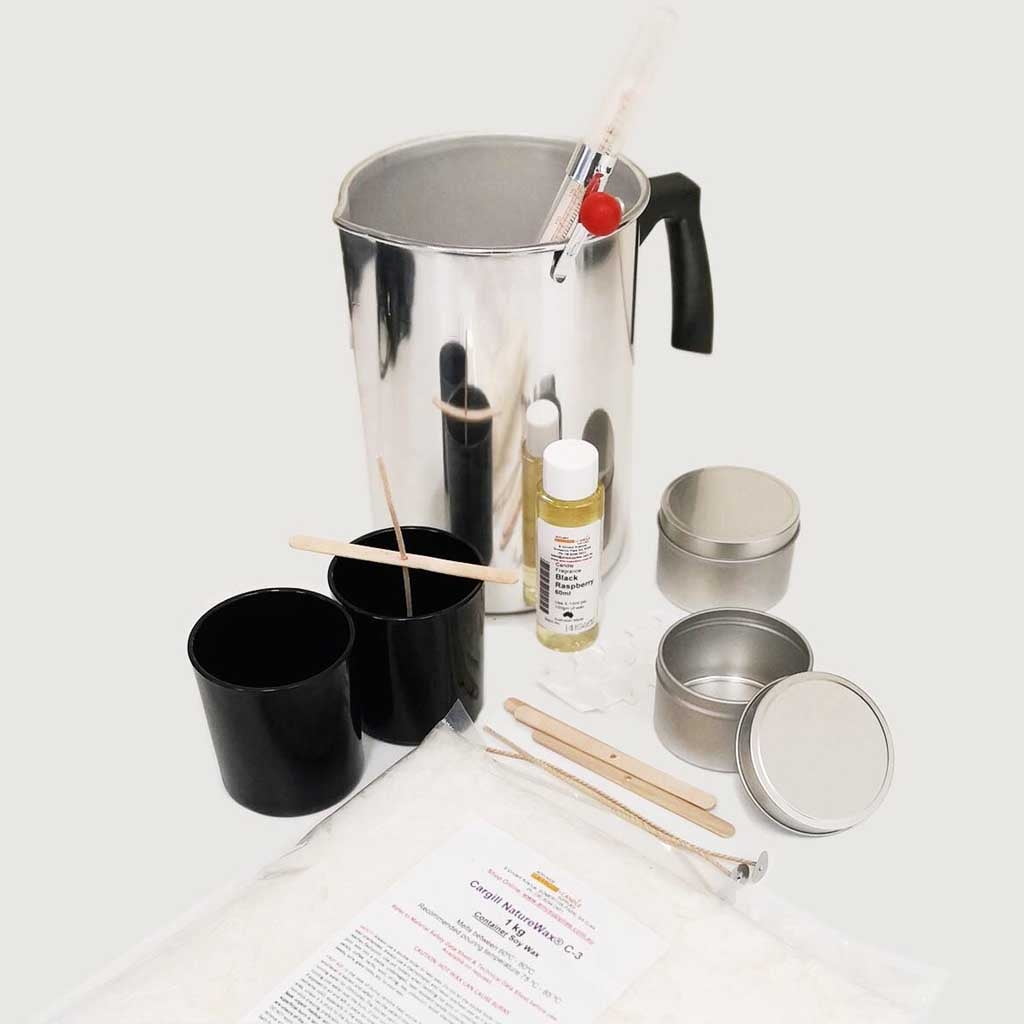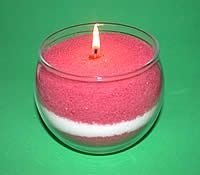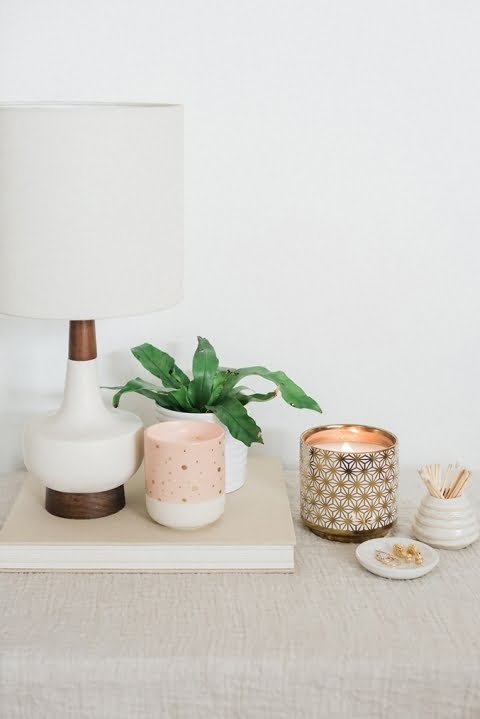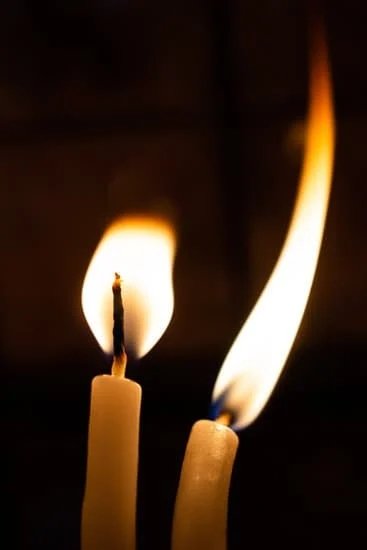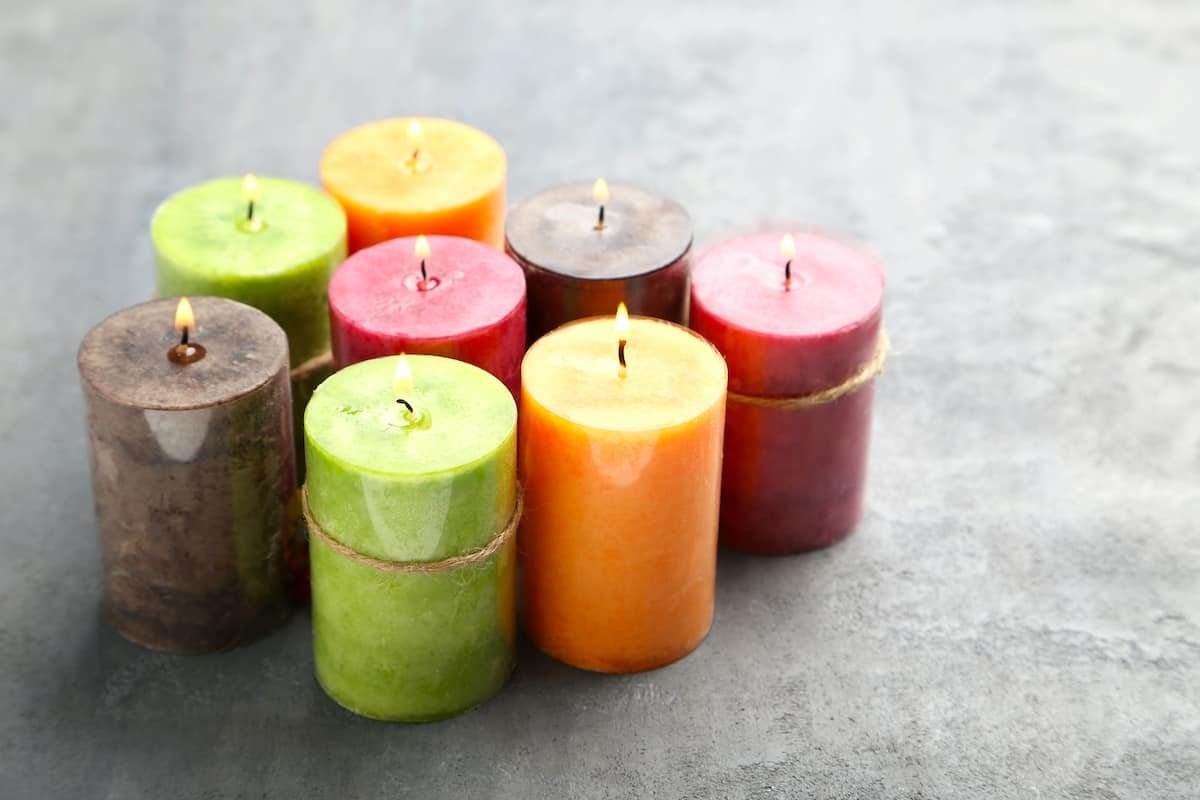Are you interested in venturing into the world of candle making? Whether you are a hobbyist or looking to start a business, understanding the importance of quality raw materials is essential for successful candle production.
In this article, we will delve into the key components needed for creating beautiful and efficient candles, focusing on the candle making raw material list. From essential oils to waxes, wicks, dyes, containers, additives, and safety precautions, each component plays a crucial role in achieving the desired results.
When it comes to crafting candles, the quality of raw materials used can make all the difference in the final product. The right combination of ingredients can result in visually stunning and aromatic candles that burn evenly and efficiently. As we explore the various elements that go into candle making, you will gain a deeper understanding of how each component contributes to the overall quality and performance of your candles.
From choosing the right wick size and type to selecting high-quality waxes and essential oils for their aroma and therapeutic benefits, there are numerous factors to consider when creating candles. By learning about these different raw materials and their unique properties, you can elevate your candle making skills and ensure that each creation is of exceptional quality.
So let’s dive into the world of candle making raw materials and discover how they can transform your craft into something truly remarkable.
Essential Oils
Essential oils play a significant role in candle making, providing both a pleasant aroma and potential therapeutic benefits for the users. When choosing essential oils for candle making, it is important to consider the quality and purity of the oil to achieve the desired scent and therapeutic effects. Some popular essential oils used in candle making include lavender, eucalyptus, lemon, and peppermint, each offering unique fragrances and potential health benefits when the candle is burned.
In addition to adding fragrance to candles, essential oils can also contribute to creating a specific ambiance or mood. For example, lavender essential oil is known for its calming properties and is often used in candles intended for relaxation or stress relief. On the other hand, citrus essential oils like lemon or orange can create an uplifting and invigorating atmosphere when added to candles.
When working with essential oils in candle making, it’s important to consider safety precautions. Always use pure essential oils and follow recommended guidelines for the amount of oil to add to your wax based on the volume of your candle. Too much essential oil can affect how the candle burns and may produce excessive smoke. Additionally, certain essential oils are phototoxic and can cause skin irritation if they come into contact with the skin without proper dilution.
| Essential Oil | Popular Uses |
|---|---|
| Lavender | Relaxation, stress relief |
| Lemon | Uplifting, invigorating |
| Eucalyptus | Cleanse the airways, promote clear breathing |
Waxes
When it comes to candle making, choosing the right wax is crucial to ensure the quality of your final product. There are several types of waxes available, each with its own unique qualities that can affect the outcome of your candles. Here is a list of some common waxes used in candle making:
- Paraffin Wax: This type of wax is widely used in candle making due to its affordability and ability to hold high amounts of fragrance. It also provides a smooth and glossy finish to candles.
- Soy Wax: Made from soybean oil, this natural wax is a popular choice for environmentally conscious candle makers. Soy wax burns cleaner and slower than paraffin wax, and it also has excellent scent throw.
- Beeswax: Known for its natural golden color and sweet aroma, beeswax is a premium choice for high-quality candles. It has a longer burn time and produces a warm, soft glow when lit.
- Palm Wax: Derived from the palm tree, this wax creates unique crystalline patterns on the surface of candles. It also has excellent fragrance-holding capabilities and burns cleanly.
Choosing the right wax for your candle making project depends on factors such as the desired appearance, burn time, fragrance throw, and environmental impact. Experimenting with different types of waxes can help you achieve the perfect balance for your specific candle making needs.
In addition to the type of wax used, the quality of the wax is also an important consideration. Look for waxes that are free from impurities and have a consistent melting point to ensure uniform burning. Investing in high-quality waxes will ultimately result in better performing and longer-lasting candles.
Understanding the characteristics and qualities of each type of wax will allow you to make informed decisions when selecting the best option for your candle making techniques. Whether you prioritize sustainability, aesthetics, or performance, choosing the right wax is essential in creating beautiful and high-quality candles.
Wicks
When it comes to making candles, choosing the right wicks is crucial for ensuring a safe and efficient burn. The size and material of the wick will greatly impact how the candle burns, including its duration, smoke production, and overall performance. It’s important to consider these factors when selecting wicks for your candle making projects.
The size of the wick determines how much fuel (wax) is consumed during each burn. If the wick is too small for the candle, it may not be able to melt the wax all the way to the edges, causing tunnelling and wasted wax.
On the other hand, a wick that is too large can lead to a fast and uncontrollable burn, resulting in excessive smoke and soot. It’s essential to match the wick size to the diameter of the candle for optimal performance.
In addition to size, the material of the wick also plays a significant role in how the candle burns. Cotton wicks are commonly used in candle making due to their clean burn and minimal soot production.
However, there are also wicks made from wood, paper, or metal that offer unique burning characteristics and visual appeal. Taking into account the type of wax and fragrance load in your candles can help you determine which wick material is best suited for your specific project.
| Wick Material | Characteristics |
|---|---|
| Cotton | Clean burn with minimal soot |
| Wood | Unique crackling sound when burning |
| Metal | Durable and long-lasting |
Carefully considering both size and material will ensure that you choose the right wicks for your candles, resulting in a safe, efficient burn with minimal waste and maximum enjoyment.
Dyes and Colorants
When it comes to creating beautiful and vibrant candle shades, dyes and colorants play a vital role in the candle making process. These ingredients are what give candles their eye-catching colors and make them stand out as decorative pieces. Whether you’re looking to create pastel hues, rich tones, or bold and vibrant colors, choosing the right dyes and colorants is essential.
There are various options available when it comes to dyes and colorants for candle making. Here are some of the most commonly used ones:
- Liquid Dyes: These dyes are easy to work with and blend well with different types of waxes. They come in a wide range of colors and can be mixed to create custom shades.
- Dye Blocks: These solid blocks of dye are great for achieving deep and intense colors. They can be shaved or melted into the wax for consistent coloring.
- Mica Powder: Mica powders are a popular choice for adding shimmer and sparkle to candles. They come in an array of metallic and iridescent shades, perfect for creating unique and eye-catching candles.
It’s important to note that when working with dyes and colorants, especially synthetic ones, less is often more. It’s best to start with small amounts and gradually add more until the desired shade is achieved. Additionally, always use dyes and colorants that are specifically designed for candle making to ensure that they will perform well during the burning process.
Containers and Molds
When it comes to candle making, the choice of containers and molds is essential for both the aesthetic appeal and functionality of the finished product. The right container or mold can add style and flair to your candles, as well as provide practical benefits such as ease of use and safety. Here are some options for stylish and functional candle presentation.
Container Options
There are various options available for container candles, ranging from glass jars and tins to ceramic vessels and wooden bowls. Glass jars are a popular choice due to their transparency, allowing the glow of the candle light to shine through. Tins are great for travel candles, as they are durable and lightweight.
Ceramic vessels add a touch of elegance to the candle, while wooden bowls provide a rustic and natural look. When choosing a container, consider the size, shape, and material that best suits your candle making project.
Mold Options
For those who prefer to make free-standing candles without containers, molds are an essential part of the process. Molds come in various shapes and sizes, including pillars, votives, tea lights, and novelty shapes like hearts or stars.
Silicone molds are popular due to their flexibility and ease of release, while metal molds offer durability for repeated use. Consider the desired shape and size of your candles when choosing a mold, as well as the material’s ability to withstand heat during the pouring process.
Functional Considerations
In addition to aesthetics, it’s important to consider the functionality of your chosen containers or molds. Ensure that they are heat-resistant and suitable for holding hot wax without cracking or melting. For containers, look for options with secure lids or covers if you plan on selling or transporting your candles.
Molds should be sturdy enough to hold their shape during pouring and cooling stages. Ultimately, selecting the right containers and molds contributes not only to the visual appeal but also to the overall quality of your finished candles.
By carefully considering your options for containers and molds in candle making projects along with the other candle making raw material list components mentioned earlier in this article you can create beautiful products that meet both aesthetic and functional standards.
Additives
When it comes to creating high-quality candles, the use of additives can play a significant role in enhancing their overall quality and performance. Additives are substances that can be added to the wax to improve its burning properties, color, scent throw, and more. In this section, we will explore the different types of additives commonly used in candle making and how they can be utilized to create exceptional candles.
Fragrance Enhancers
One of the most popular additives used in candle making is fragrance enhancers. These enhancers help improve the scent throw of the candle, allowing for a stronger and longer-lasting aroma when the candle is burned. There are various types of fragrance enhancers available, including those specifically designed for soy wax or paraffin wax candles. Additionally, some fragrance enhancers also have fixative properties that help hold onto the scent and slow down its evaporation.
UV Inhibitors
UV inhibitors are additives that can be used to protect candles from fading or discoloration caused by exposure to sunlight. These inhibitors help maintain the vibrancy of colored candles and prevent them from yellowing over time. This is particularly important for candles that are meant to be displayed in brightly lit areas or outdoor settings where they are exposed to UV rays.
Stabilizers
Stabilizers are additives that help improve the overall stability and performance of candles. They may include substances such as antioxidants and preservatives that prevent the wax from oxidizing or deteriorating over time. Stabilizers can also help reduce surface cracking or shrinkage in candles, leading to a more visually appealing and long-lasting product.
By carefully selecting and incorporating these additives into your candle making process, you can enhance not only the quality but also the performance of your final product. Understanding how each additive works and its specific benefits will allow you to create beautiful, long-lasting candles that meet both aesthetic and functional standards while using your candle making raw material list efficiently.
Safety Precautions
In conclusion, the key to successful and safe candle making lies in understanding the importance of quality raw materials and following proper handling and storage procedures. From essential oils and waxes to wicks, dyes, containers, and additives, each component plays a crucial role in creating beautiful and efficient candles. Choosing the right materials not only ensures a high-quality finished product but also contributes to the safety of the production process.
When it comes to handling raw materials for candle making, it is important to prioritize safety at every step. This includes wearing protective gear such as gloves and goggles, as well as storing materials in a cool, dry place away from direct sunlight and heat sources. Proper ventilation is also essential when working with certain substances like dyes and fragrances to avoid inhaling potentially harmful fumes.
Furthermore, being mindful of safety precautions extends beyond the production process itself. Once your candles are complete, it’s important to include clear warning labels on your products highlighting proper usage and safety instructions for consumers. By prioritizing the use of high-quality raw materials and following best practices for their handling and storage, you can ensure both the quality and safety of your homemade candles.
Frequently Asked Questions
What Are the Raw Materials Required for Candle Making?
The raw materials required for candle making include wax, wick, fragrance oils, color dyes, and containers or molds. These materials are essential for creating different types and styles of candles, such as scented or decorative candles.
What Material Is Used to Make Candles?
The main material used to make candles is wax. Different types of wax can be used, such as paraffin wax, soy wax, beeswax, or gel wax, each with its own unique characteristics and melting points. The choice of wax will impact the texture and burning properties of the candle.
What Are the Basic Ingredients in Candle Making?
The basic ingredients in candle making include the wax itself, which is the main component responsible for the candle’s structure and burn time. The wick is also crucial, as it serves as the fuel delivery system for the flame. Additionally, fragrance oils or color dyes can be added to customize the scent and appearance of the candle.

Welcome to my candle making blog! In this blog, I will be sharing my tips and tricks for making candles. I will also be sharing some of my favorite recipes.

